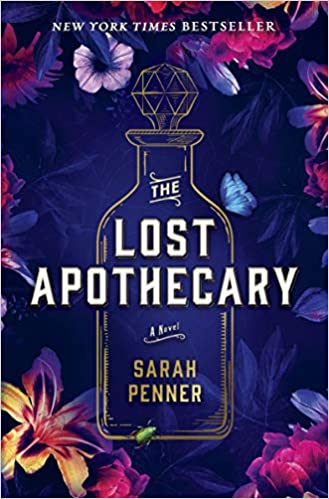

Comics memoirs in particular often use visual ambiguity and distance as a way to think about the failure of memory and representation. The struggle with memory and self is core to a lot of memoir. To be true to it, the book has to be one of gaps. Jodie was central to Mari’s sense of who they were - and then central to Mari’s sense of who they weren’t. Losing a friend is losing a part of the self, not least because you end up wondering if the self you were with that friend ever existed in the first place. It doesn’t quite cohere because Mari’s relationship with and memory of Jodie doesn’t cohere. That’s in some ways the central question of the memoir. Jodie is more a cipher than a character, and it’s hard to create an emotionally meaningful relationship with a cipher. Because of memory gaps, and because of the way the book distances the material, we’re told that the relationship is important, but we don’t exactly see it unfold or feel its weight.

Jodie “was there for me when no one else was,” Mari writes Jodie made them feel “special.” These explanations are fairly generic. Mari remembers more and understands more, but significant elements of the narrative remain obscure.Īmong those unanswered questions is why exactly Jodie and Mari were friends in the first place. The eventual explanations for Jodie’s actions don’t completely coalesce either. There’s an uncharacteristic text message that turns out to have been written by Jodie’s abusive boyfriend - but the reader never learns much about that relationship or its effects on Jodie. The revelation of betrayal, and the ensuing efforts at reconciliation, bring some clarity, but less than you might think. Mari smiles cheerfully, the boyfriend wears a mask and Jodie’s face is covered with a collage of red flowers.

There is, for example, a 2000 photograph of Mari, Jodie and a pivotal boyfriend, whose name is always scribbled out in red. The book also includes more realistic self-portraits, so that readers eventually get a somewhat stable sense of Mari’s physical appearance. They are also both represented by text written by Mari or reproduced from letters and journals. Sometimes they appear as these flower-outline blobs, sometimes as very simplified cartoon sketches. Because the book employs so many different art styles, its protagonists aren’t represented in any consistent way. This could be Mari’s head, or it could be Jodie’s. Half on the grass and half on the square, a vaguely face-like outline floats, filled with flowers. Within the white square, or panel, Mari’s hand is drawn poised over an open book. The story opens with an effort to write the book on one page you see a white square superimposed on a field of grass.

But the end sprawls backward as a kind of erasure Mari finds in trying to write the book that the relationship has faded from memory. Out of the blue, Jodie phoned Mari and said she didn’t want to be friends anymore.


 0 kommentar(er)
0 kommentar(er)
